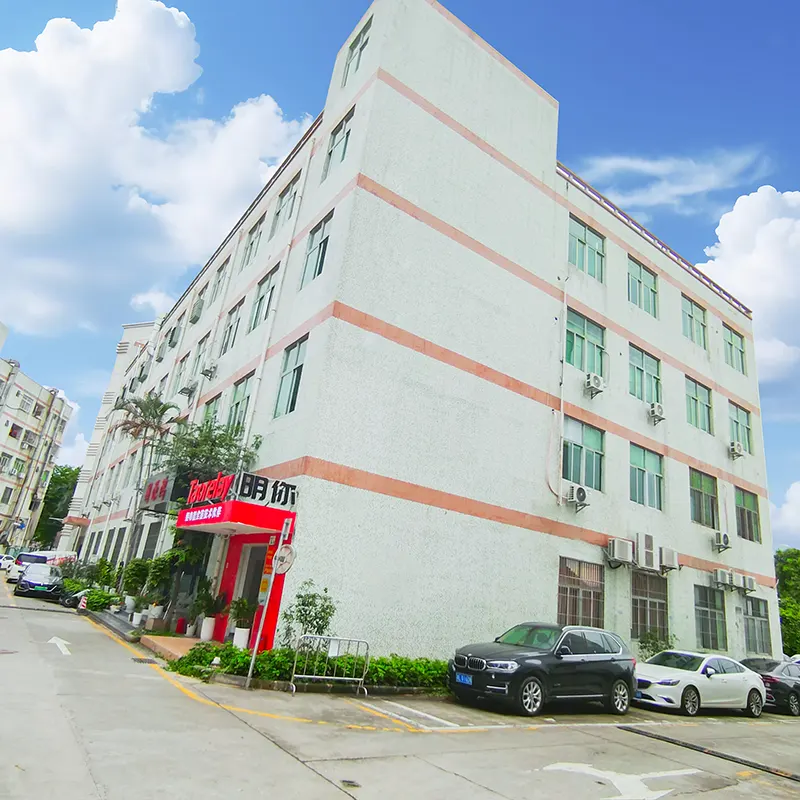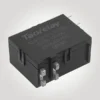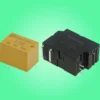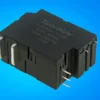What Is a DC Solid State Relay?
A DC solid state relay (SSR) is a type of non-contact electronic switch designed to control direct current (DC) loads using a low-power input signal. Unlike traditional electromechanical relays (EMRs), DC SSRs do not use moving parts, making them faster, quieter, and more durable.
Built with semiconductors such as MOSFETs or IGBTs, DC solid state relays offer high switching speeds and long service life—making them ideal for industrial automation, EV systems, solar power management, and battery-based devices.
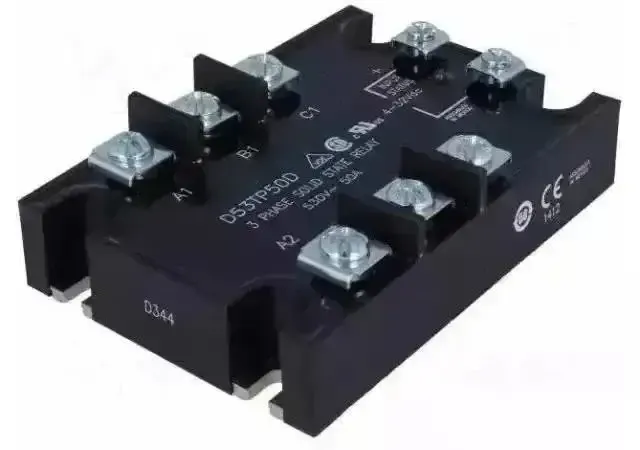
How Does a DC Solid State Relay Work?
The working principle of a DC solid state relay involves electronic switching instead of mechanical contacts:
- A DC input control signal (e.g., 3–32V) triggers an internal driver circuit.
- The driver activates a power semiconductor (like a MOSFET or IGBT).
- The semiconductor then switches the DC load circuit ON or OFF.
- When the input signal is removed, the circuit opens (OFF state).
DC SSRs are polarity-sensitive and are often designed with optical isolation between input and output for enhanced safety and noise immunity.
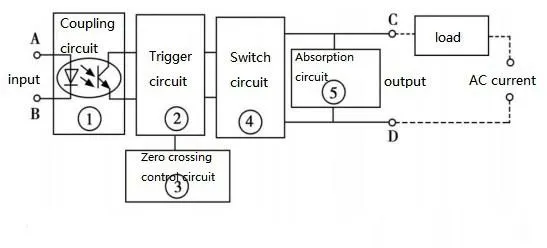
Advantages of DC Solid State Relays
- ✅ No Mechanical Wear
No moving parts mean longer lifespan and no contact bounce. - ✅ High-Speed Switching
Millisecond-level response suitable for fast control loops. - ✅ Silent Operation
Ideal for noise-sensitive environments (e.g., medical, telecom). - ✅ Vibration Resistant
Suitable for harsh industrial or mobile applications. - ✅ Electrical Isolation
Input-output separation prevents signal interference and increases safety. - ✅ Compact Design
Smaller and lighter than equivalent electromechanical relays.
Typical Applications of DC Solid State Relays
- Solar Power and Battery Systems
Switch battery banks, inverters, or DC loads efficiently and silently. - Electric Vehicles (EVs)
Control power to motors, chargers, and accessory systems. - Automation Equipment
High-speed switching of actuators, solenoids, or logic circuits. - Industrial Control Panels
Used where space, speed, and silent operation are critical. - Telecommunication Systems
Provide noise-free DC switching in routers, servers, and backup systems.
How to Select the Right DC Solid State Relay
When choosing a DC SSR, consider the following:
- Control Input Voltage Range (e.g., 3–32V DC)
- Load Voltage and Current Rating (e.g., 5–100V DC, 1–100A)
- Switching Type: Normally open (NO) or bidirectional
- Heat Dissipation: Some SSRs require a heatsink
- Isolation Voltage and dielectric strength
- Mounting Options: PCB, DIN rail, or panel mount
- Certifications: UL, CE, RoHS for safety and compliance
Always purchase from trusted manufacturers that specialize in solid state switching devices to ensure product reliability and support.
Conclusion
The DC solid state relay is a modern solution for fast, reliable, and efficient switching of direct current loads. With its silent, wear-free operation and long service life, it outperforms traditional relays in demanding applications. Whether you’re designing an EV charging system, solar power controller, or high-speed automation system, DC SSRs are a smart choice for your switching needs.

